Yoga practice for knee stability
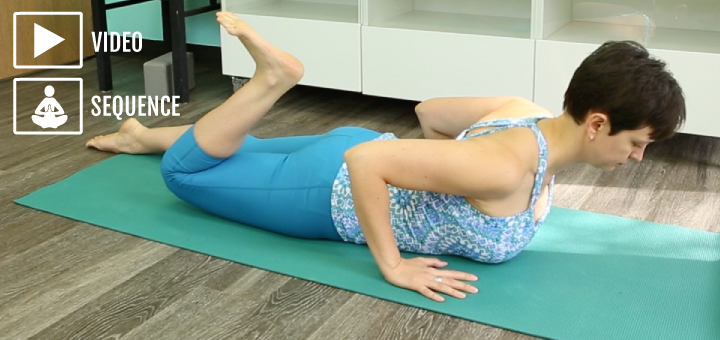
Many years ago, I read a book by Mukunda Stiles called Structural Yoga Therapy. I loved the book and found it very helpful, but the one example I remember most was from the author’s own experience working with Warrior 2 pose. If I remember correctly, the author was not satisfied with the tracking of his knee in Warrior 2 and set out to correct it. So he would hold this pose for extended periods of time over and over until he willed his knee into submission.
In viniyoga tradition we approach those types of issues in a radically different way. Instead of doing a “problematic” pose again and again aiming for what is perceived as “best form”, we back off from it and analyze which muscle imbalances are preventing us from doing the full manifestation of the pose. Then we use other poses to work on the same areas, strengthening what’s weak and increasing range of motion. In the example of Warrior 2, if the bent knee keeps drooping, it is usually a result of tight adductors (inner thighs) and weak abductors (outer hips). There are many other ways we can approach those areas in non-weight-bearing positions to minimize the risk for the knees. Usually, after working with other poses for some time, it becomes much easier to attempt the original pose with less risk.
The moral of the story is that often, it makes more sense to work around the issue instead of confronting it head-on. We get so used to “powering through” things in our daily lives, yet this kind of attitude can get us in trouble when we are trying to deal with structural challenges. In the yoga practice below, instead of holding the knee in a “proper position” for extended periods of time, we target the muscles all around the joint – front and back, inside and outside, above and below. It is the balanced, healthy relationship between all those areas that keeps our knees happy and strong. Give it a try and see how it feels!
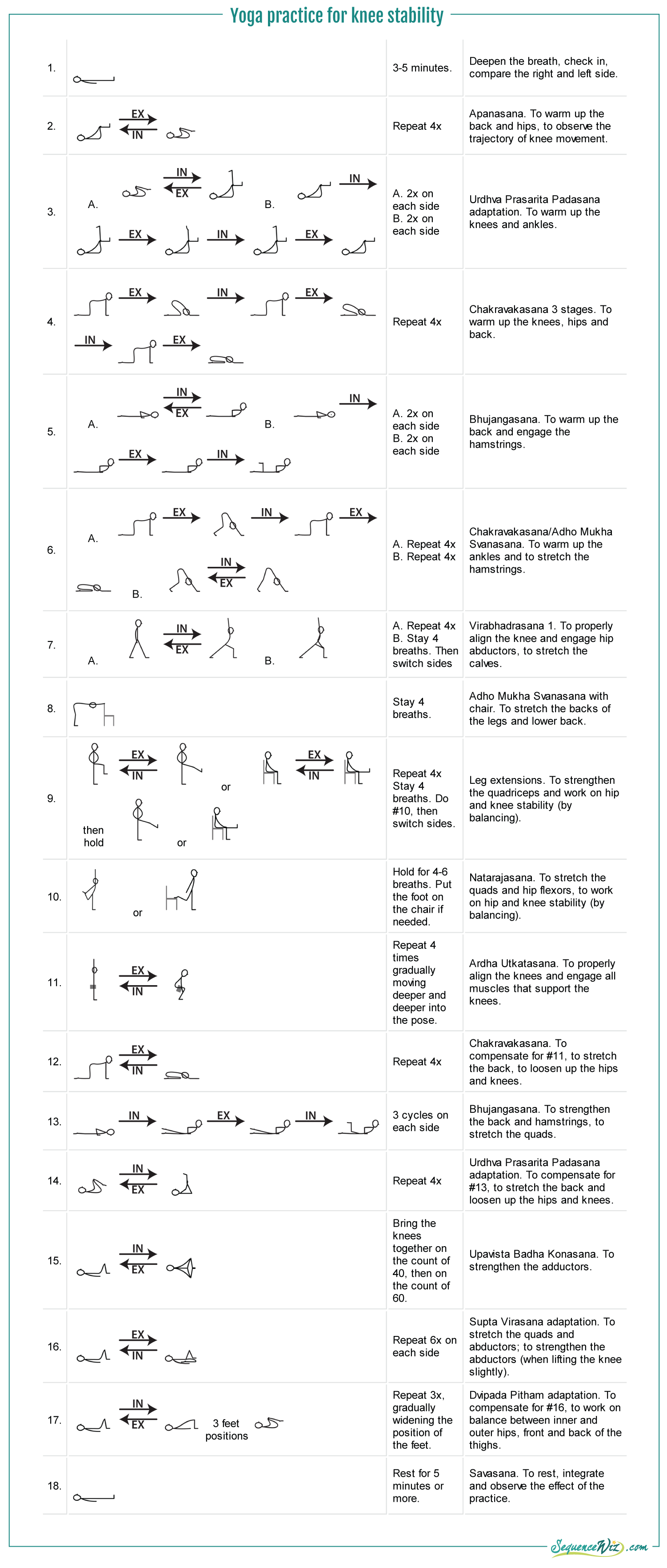
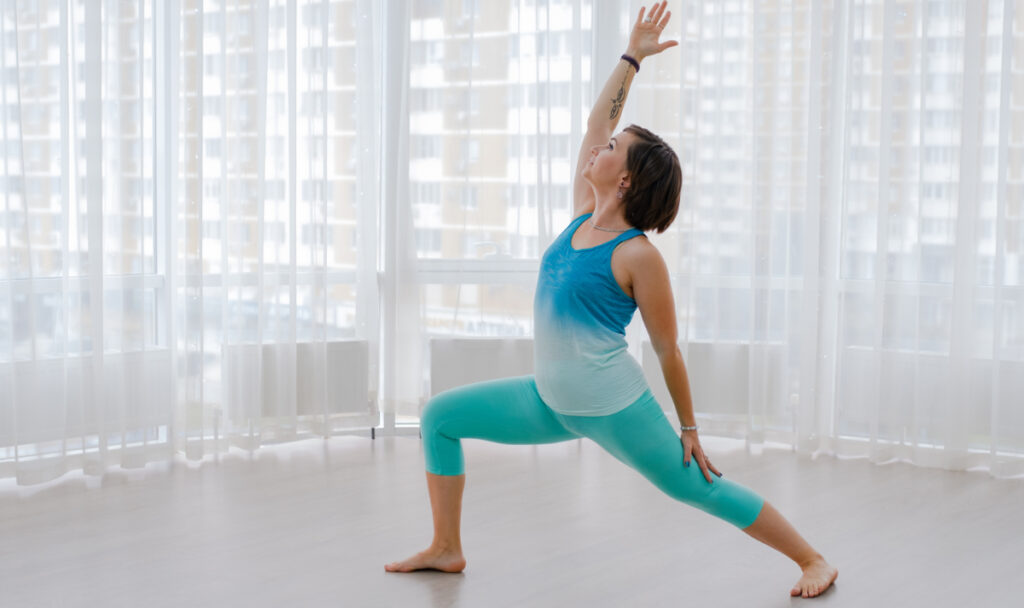
Certain movement combinations work every time to release tension in specific body areas, and simple yoga practices based on those movements can give us reliable relief from physical tensions.

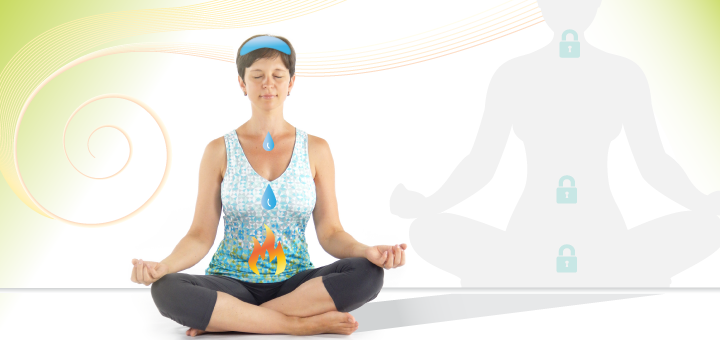
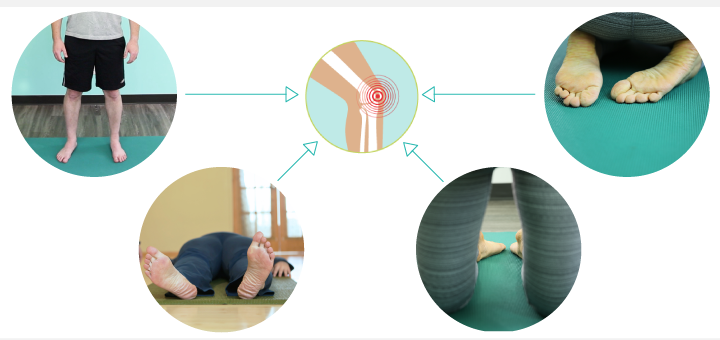
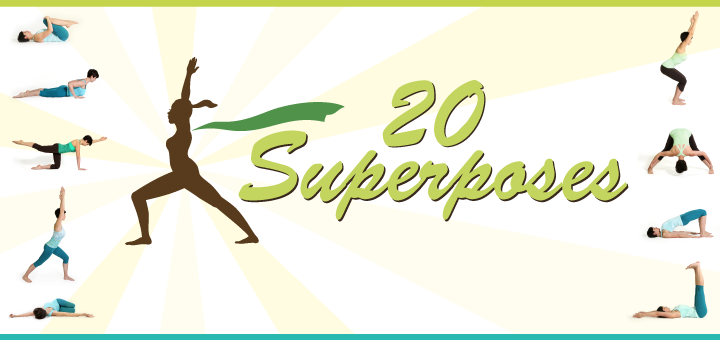

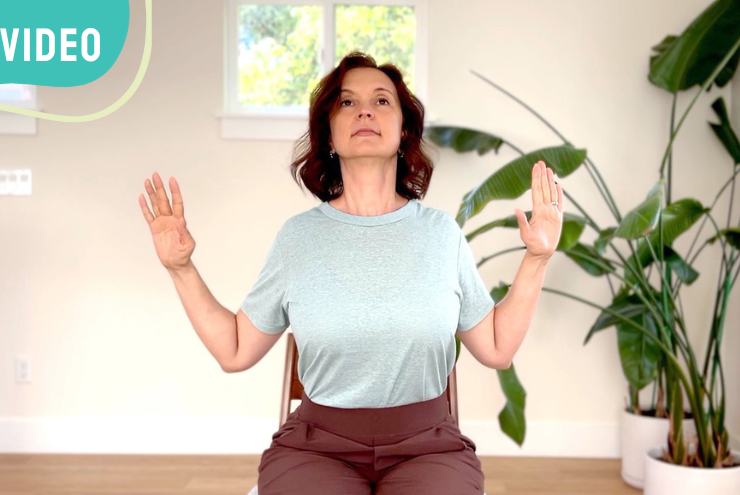
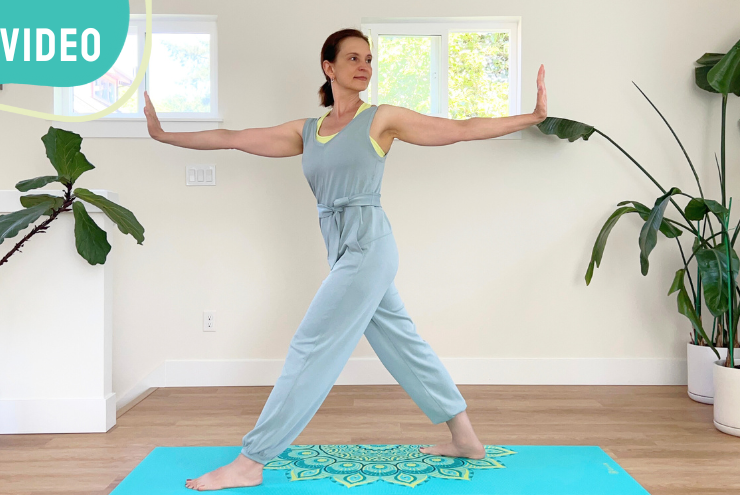
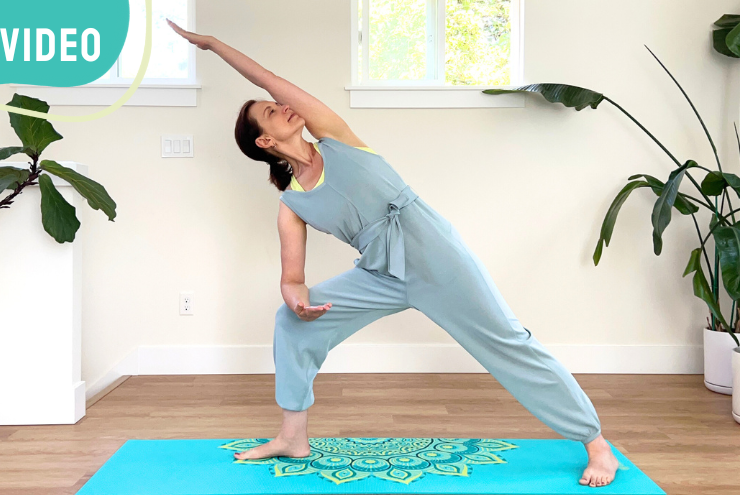


Thanks from someone who tends to power through!
🙂 Hi Pamela!
I’ve been waiting for this one, and thanks! It’s a perfect alternative to my two faves, Piriformis Release and Yoga Practice for the Hips.
Let me know how it goes Sandy. It only took me a year to get around to it 🙂
Thank you !! Thank you so much, for all your amazing and dedicated work. I always follow you, Débora, from Argentina.
Thank you Débora! You are from Argentina? So exciting for me to hear!
Hi Olga, great point you mentioned in your article about tight inner thighs and weak abductors. Sounds so logical, but I’ve never thought about it. Great practice, just one question: I had the impression the intention was more to stabilize the knee, not working on tight inner thighs, right?
Which are your favorite poses for working on the inner thighs?
Hi Stefanie! That is correct; the poitn here is to work on all the muscles that surround the knee, not just inner thighs. As far as my favorite moves for inner thighs, I love all sorts of variations of Supta Prasarita Padangusthasana – first your work with moving the knees in/out, then work with extending the legs. i find this sequence to be very effective. This one is fun, too. You can combine all three for some serious inner thigh work. 🙂 It is move #13 in this sequence. I hope this helps!
Hi Olga, thank you so much for sharing! Gonna check that out and see how to incorporate the insights in my classes.
I love the bridge with three different leg widths. thank you!
Hi Olga, I have learnt so much from you posts – thank you. My question is – if I have students who cannot get themselves to lie down on their mats, due to knee pain/ weakness, can I do no. 5 and no.13 from the sequence above? I am thinking of having them stand behind their chairs, placing their hands on the backs of their chairs and using that support and flexing their knees one at a time, while focusing on their inhales (lengthening spine) and exhales (abdomen contracting and tailbone lengthening). Appreciate your guidance and thoughts on this. xoxo
dear Olga, first I want to thank you so much for you posts, because I learn so much from you and you are many times an inspiration to me. I also know this story from Mukunda Stiles. I knew him personally, he was my mentor for some time when he came to the Netherlands. His struggle with his knees in warrior 2 he was illustrating that transformation is possible and patterns can be broken. But his approach was same as you strengthen what is weak , make flexible if it is too tight and increase range of motion and always stay within your capacity and never harm yourself. He was a great teacher and you know what he always said? ” writing a book is not the end of learning” I always remember him with great respect and love. LOuise Molenkamp
Hi Louise, thank you for your comment! It is so great to put it in perspective and hear from somebody who actually studied with Mukunda Stiles! I got some excellent information from his book. I remember photocopying many pages at work because at the time I couldn’t afford to buy it :)) And it is great to hear that we were on the same page when it comes to physical development. Thank you for your lovely feedback!
Hi there I have been having pain in my left knee for months. I happened upon this video and tried it and it really helped . I have been doing it every second day and I have to say I am relatively pain free . Thank you
That is wonderful to hear Mary Ellen! Wishing you speedy recovery!